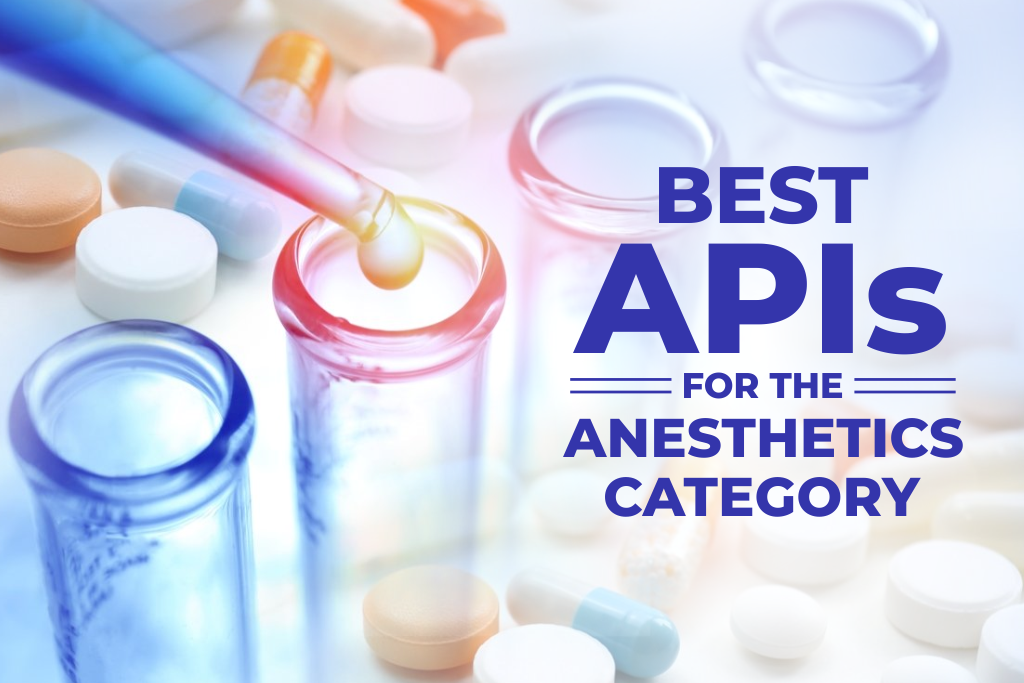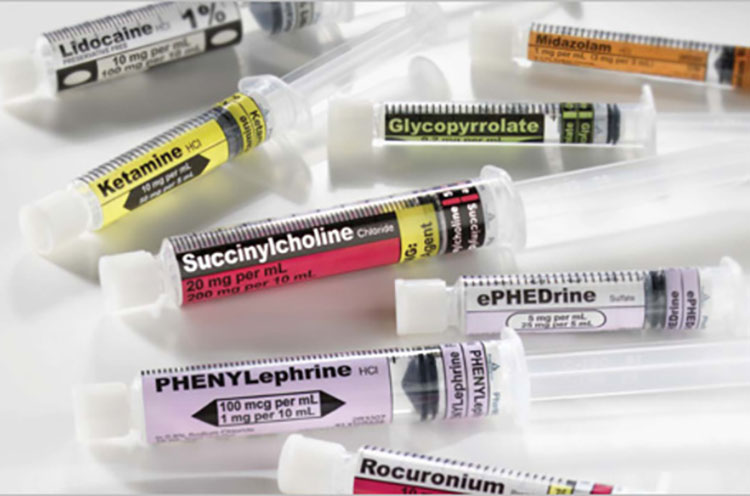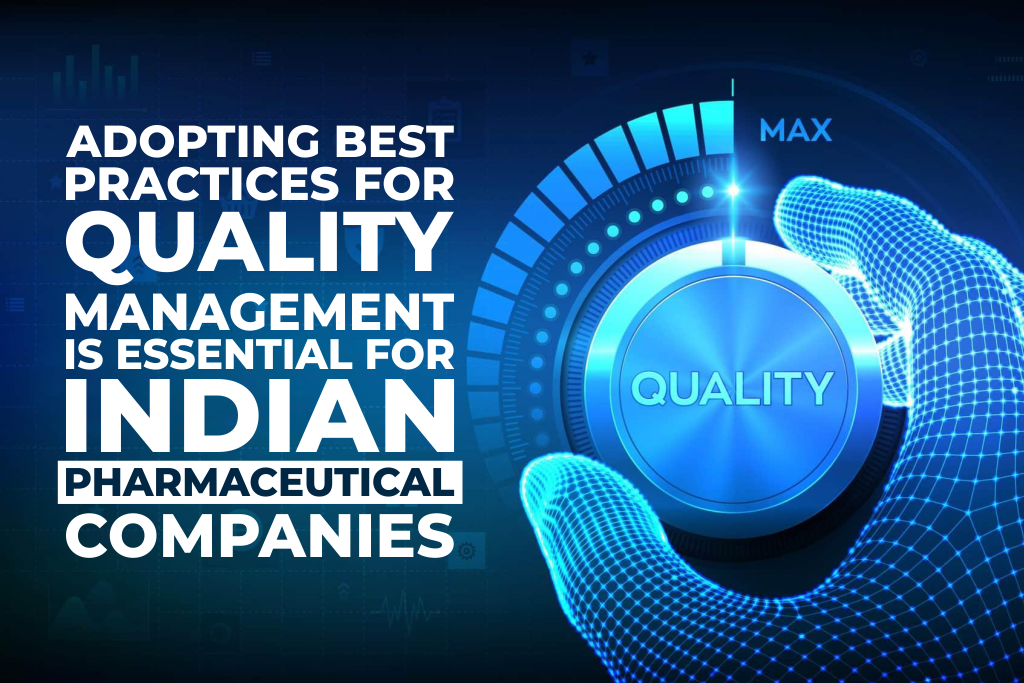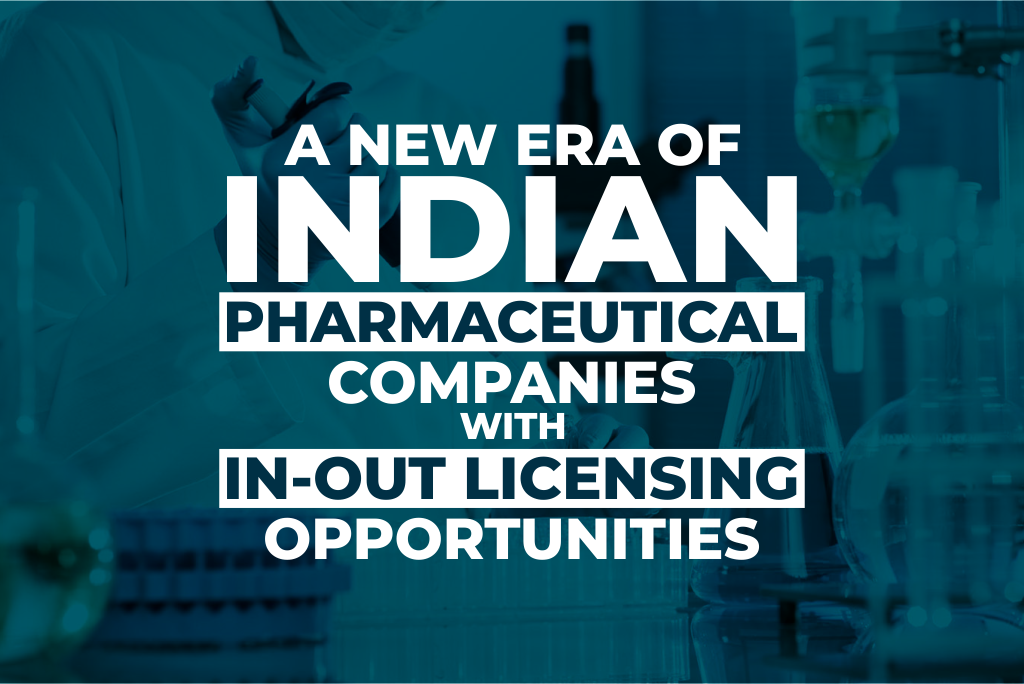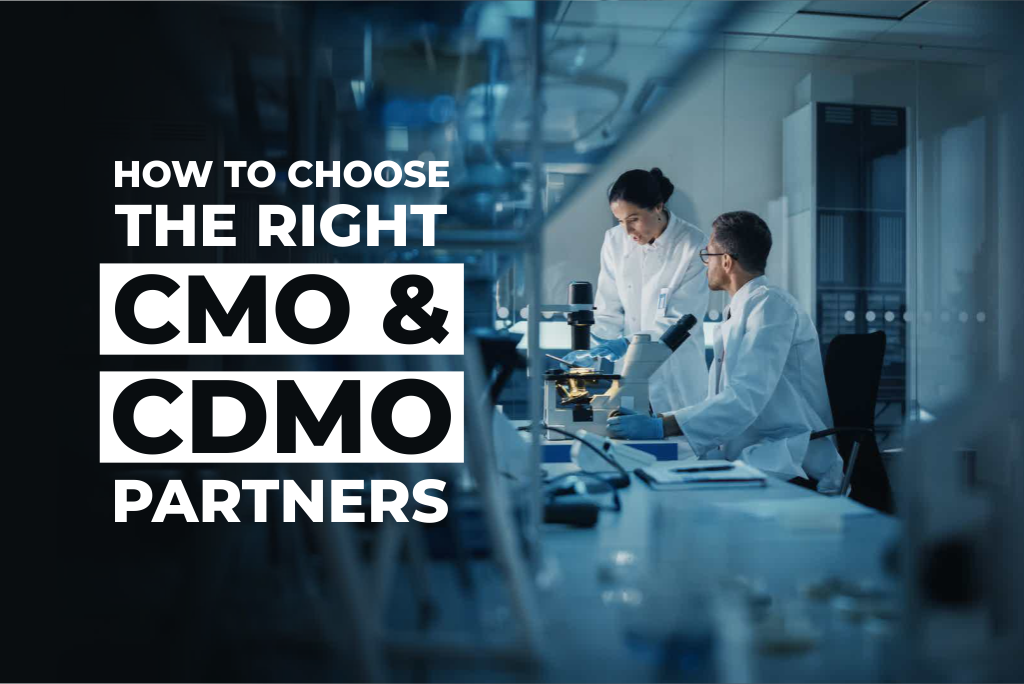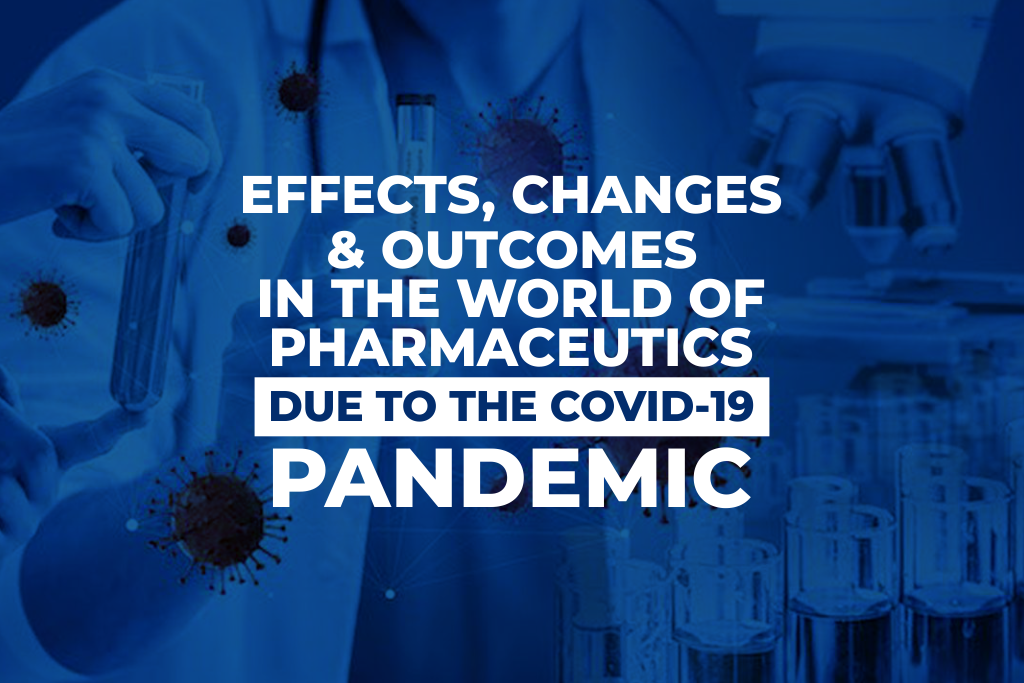Increased health awareness and expansion of the generic drug sector are the main attributes for the growth of the Pharmaceutical companies in Egypt. With over 120 domestic pharmaceutical companies, Egypt is among the largest producers and consumers of pharmaceuticals in Africa and the Middle East. The pharmaceutical sector in Egypt is one of the oldest strategic sectors in the country. The pharma sector kickstarted in 1939 when the Misr Company for Pharmaceutical Industries “Holdipharma” was established. We shall discuss the recent growth of the pharmaceutical industry in Egypt in detail.
Statistical figures of growth in the Egyptian pharmaceutical market
As per the latest report of Egypt Healthcare, Regulatory and Reimbursement Landscape – CountryFocus, “The Egyptian pharmaceutical market was valued at EGP44.70B ($2.66B) in 2019, which is estimated to increase at a Compound Annual Growth Rate (CAGR) of 8% to EGP56.60B ($3.37B) in 2022. Furthermore, the market value is expected to increase further to $3.94B by 2024.”

Why are companies investing and exporting more in Egypt?
● As per the Arab Republic of Egypt, “Exports of pharmaceutical Industry reached 391.9 million USD as of FY 2017/2018, compared to 301.4 million USD for FY 2016/2017 with an increase of 30%, which reflects the increase in exports putting Egypt as one of the top exporters in the MENA region.”
● Out of many Arab countries, Egypt has the enormous human resources of professionals and production workers, which helps achieve high-quality standards for products.
● Egypt is taking concrete measures and implementing policies to support drug development, manufacturing, packaging, essential raw materials, chemicals, and sales to achieve market competency.
● The government of Egypt, represented in the ministry of health, has launched a new drug authority (EDA), which helps expedite the growth of the Egyptian pharmaceutical market.
● Egypt is working on reducing reliance on other countries for raw materials and hence aiming to become self-sufficient.
● Followed by the heavy investment by the governing councils of Egypt in the healthcare sector, Egypt positions itself as a regional hub for trading in neighboring countries.

Effects and challenges in the pharmaceutical sector of Egypt due to Covid 19
The outbreak of the Covid 19 Pandemic has impacted a mass of people, communities, and all the sectors globally as well as Egypt. The Healthcare and pharmaceutical sector in Egypt was affected due to the outbreak of covid cases in the Middle East and North Africa. In addition, both export and import industries and supply chains possess a risk due to the pandemic. Vaccinations in the country are also at a slower pace which interrupts the smooth functioning of the industries.
Conclusion:
With the growing population and government policies support, Egypt has excellent expansion opportunities in the pharmaceutical sector in the coming years. Providing advance pharma solutions across the globe, NEWEDGE Overseas exports a wide range of products to more than 40 countries, representing more than 500+ partnerships in India for our export markets. In addition, we have offices and a robust presence in India, Egypt, Ukraine, Iran, UAE, Colombia, USA, and Germany. So, Kindly contact us for your pharmaceutical needs.

